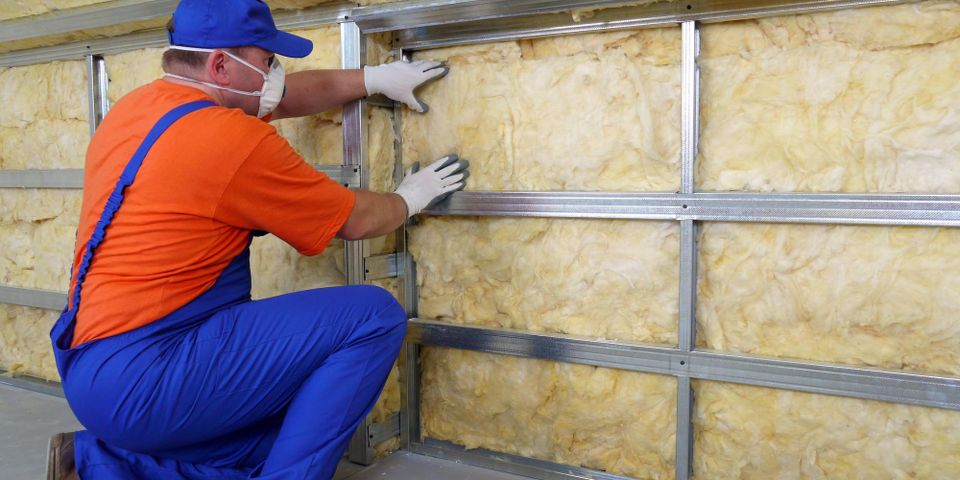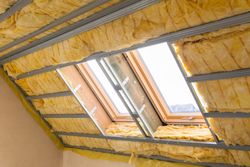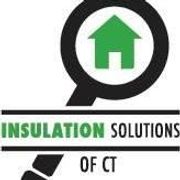A Guide to Understanding Insulation R-Values

Insulation is the key to maintaining a comfortable interior home environment. It prevents cold temperatures from penetrating your home in winter and conditioned air from escaping your property in summer. When selecting the right insulating elements for your property, one significant consideration you’ll have to make is the R-value. The following primer covers what every homeowner should know about this key figure.
What You Should Know About R-Values
How R-Values Work
Heat flow involves conduction, convection, and radiation. Conduction is how heat moves through materials, convection is how it circulates through gases in the atmosphere, and radiation describes how heat moves through electromagnetic waves.
R-value, also known as thermal resistance, is the measurement of a material’s resistance to conductive heat flow. One inch of fiberglass batting, for instance, has a rating between 3.1 and 3.4, while one inch of closed-cell spray foam will offer 6.0 to 6.5. The higher the rating, the more effective the insulation.
This figure can also describe the effectiveness of your entire insulation system, including the thickness of your chosen material and combinations with other elements of your home. Approximately three inches of fiberglass batting may have an R-value of 14 or higher thanks to its breadth and the presence of drywall and siding, for instance. In some cases, age and susceptibility to moisture accumulation will also be factors.
Why R-Values Matter
 Different areas of your home come with unique R-value level recommendations. These suggestions also vary by regional climate and the type of heating system in your home. In Connecticut, for instance, attic ceilings should have an R-value of about 49.
Different areas of your home come with unique R-value level recommendations. These suggestions also vary by regional climate and the type of heating system in your home. In Connecticut, for instance, attic ceilings should have an R-value of about 49.
It’s also important to know that this measurement isn’t constant. The rating will fluctuate for certain materials in varying temperatures. Polyisocyanurate, for instance, has a relatively high rating per inch, but its effectiveness can drop in cold temperatures thanks to its propensity to condensate. Though insulation lasts many years, it can eventually become compressed over time, losing effectiveness. Some insulating substances are less prone to flattening than others.
A professional will walk you through how to choose the right materials for your home to ensure your property is comfortable and your energy bills are low year-round.
If you want to improve your home’s energy efficiency, contact the contractors at Insulation Solutions of CT for effective results. These certified and trained energy consultants provide home energy audits to residents in East Hartford, CT. They’ll determine where heat loss is occurring and will create a comprehensive insulation plan to suit your needs. Call them today at (860) 586-8111 to schedule an appointment, and visit their website to learn more about their services.
About the Business
Have a question? Ask the experts!
Send your question

